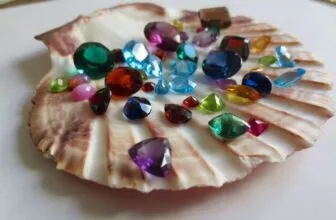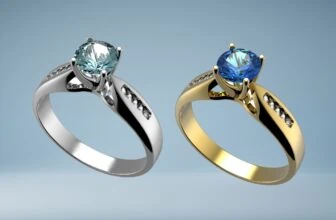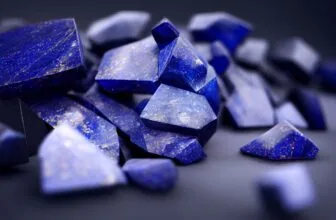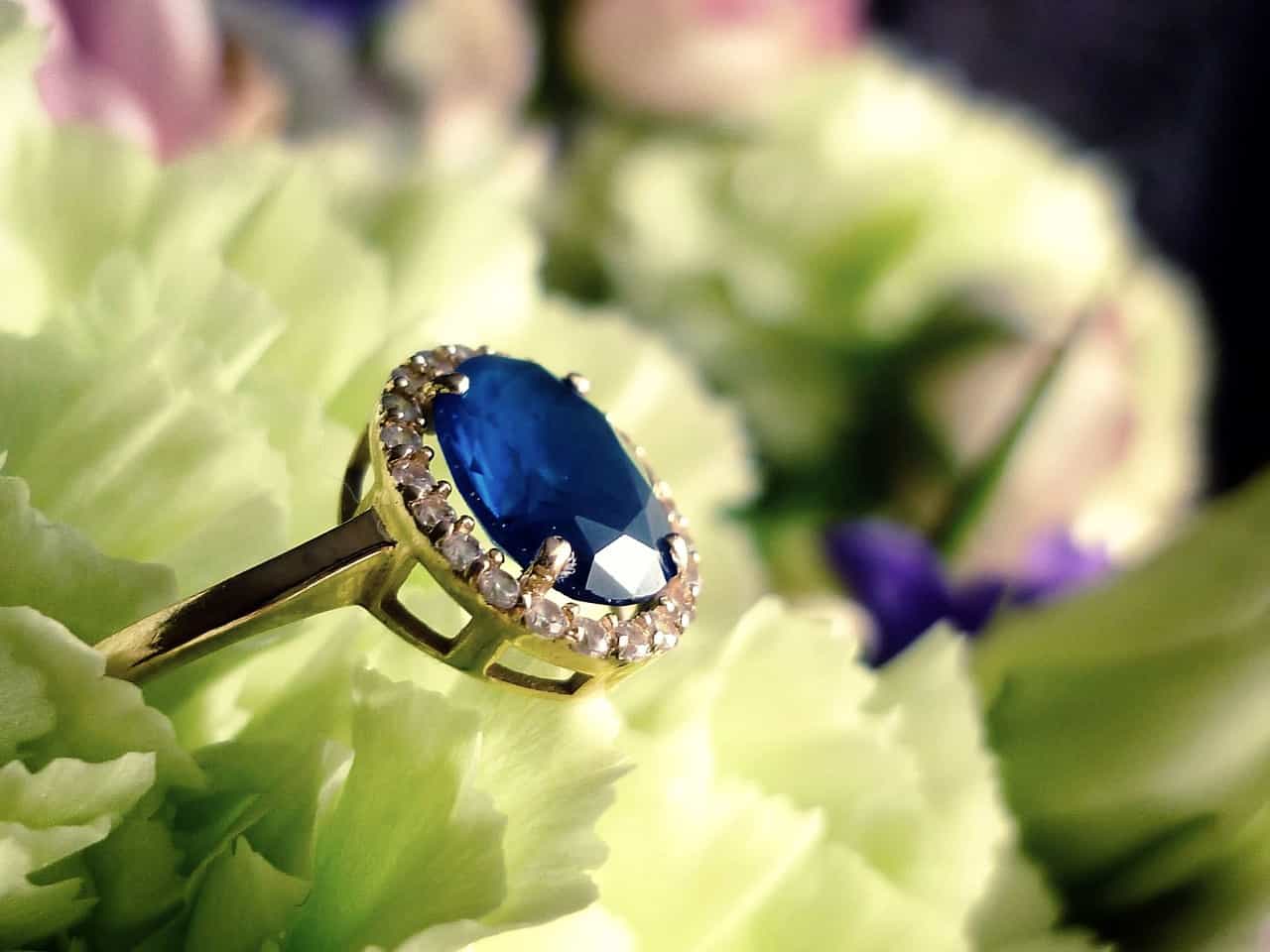
Table of Contents
For centuries, sapphires have captured hearts and imaginations, reigning supreme among gemstones. It’s not hard to see why, with their undeniable class, elegance, and mesmerizing beauty. Think of the iconic sapphire engagement ring worn by Princess Diana – a testament to its timeless connection with royalty.
These gems are found all over the world including Thailand, China, and the coasts of Australia. While their signature blue hue is adored by many, the sapphire’s color palette is surprisingly diverse, spanning every shade except red (that’s the exclusive domain of its cousin, the ruby). If you’re thinking about adding a sapphire to your collection, here’s what you need to know.
How Important is Sapphire Color?
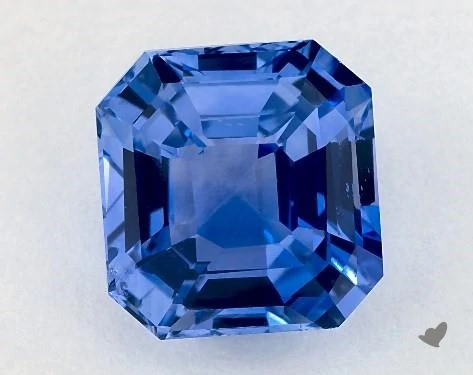
Selecting the right sapphire often boils down to understanding its color in-depth. When assessing color, there are three pivotal factors: Saturation, Tone, and Hue.
Saturation gauges the intensity of a gem’s color. A transparent gem would score low on saturation, while a richly colored one would rank high.
Tone, on the other hand, measures the shade’s lightness or darkness. It’s distinct from saturation, which hints at the gem’s color depth rather than its light or dark spectrum. For instance, a blue sapphire with deep color intensity (high saturation) might still be of a medium-blue shade (medium tone).
Finally, hue simply alludes to the gem’s actual color.
Sapphires Colors – More Than Just Blue!
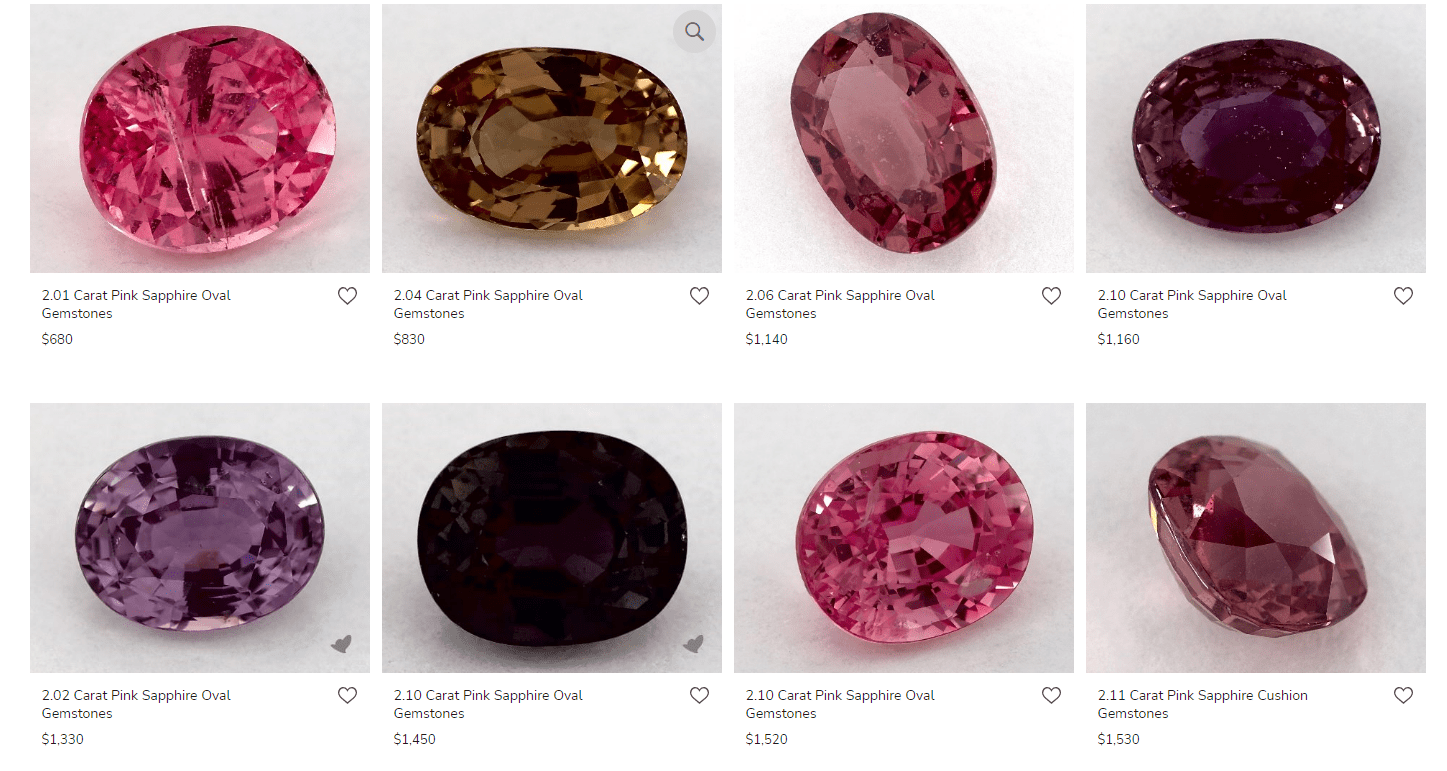
Blue sapphires are probably the most common and most desirable of the sapphire family, however, sapphires are available in a variety of colors. It’s interesting to note that regardless of color, all sapphires are made of the mineral corundum, but it’s the presence of some foreign element that gives each stone its particular hue.
1. Yellow sapphires
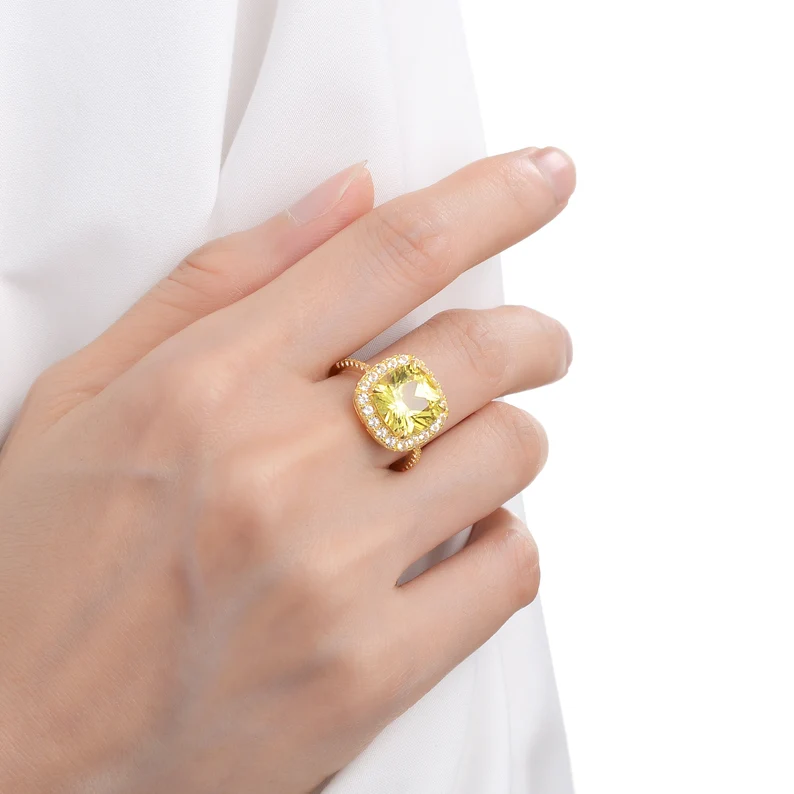
Yellow sapphires, often known as “Pukhraj” in some cultures, exude a radiant warmth reminiscent of golden sunlight. Their sunny hue ranges from pale lemon to deep gold, often determined by the trace amounts of iron present in the gem. Not only are they a symbol of prosperity and success, but yellow sapphires are also a popular alternative for engagement rings, offering both brilliance and durability.
2. Green sapphires
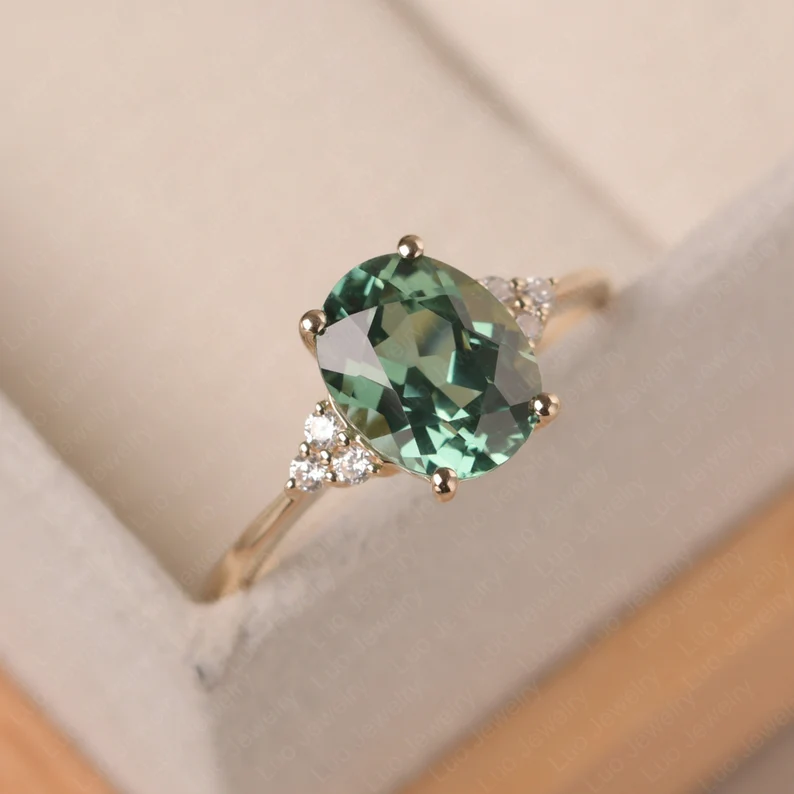
Green sapphires, a lesser-known gem from the corundum family, captivate with their lush and verdant shades. Ranging from delicate mint to deep forest green, their hues are influenced by the presence of iron and chromium.
Symbolizing growth, luck, and tranquility, green sapphires are gradually gaining attention in jewelry markets. They present a unique and sophisticated choice for those looking to stand out while still enjoying the durability sapphires are renowned for.
3. Purple sapphires
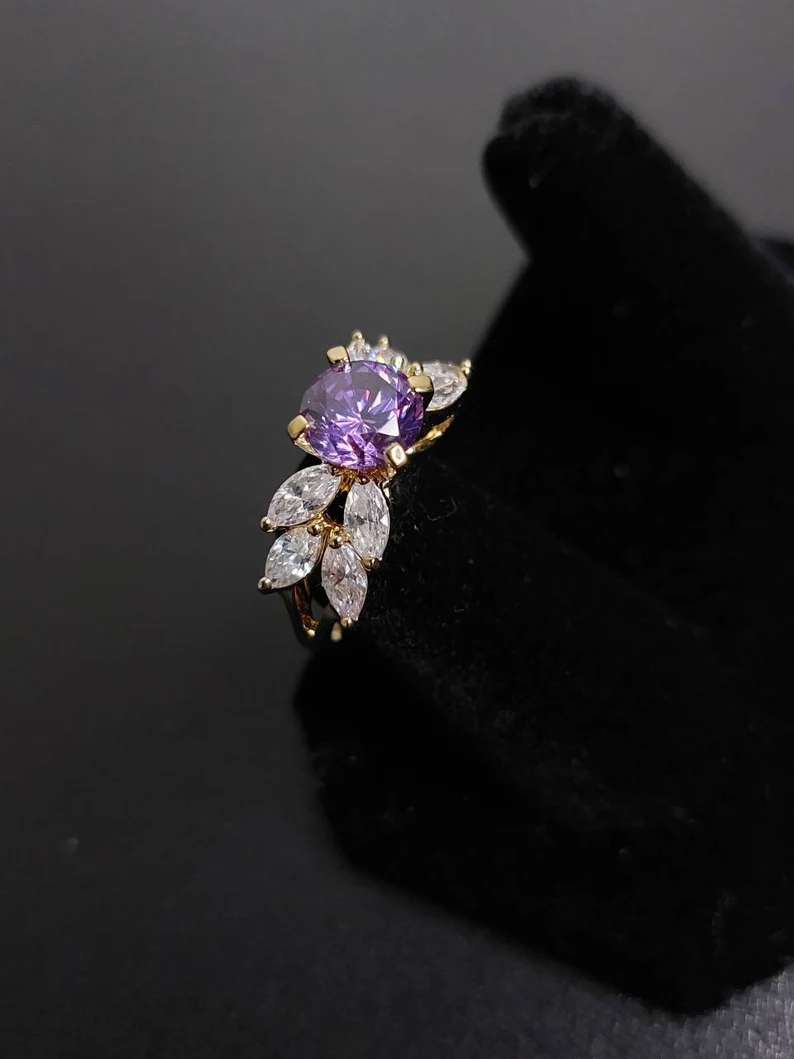
Spanning from soft lilac to deep plum, purple sapphires get their color from trace amounts of vanadium. Historically associated with royalty and spirituality, purple sapphires make a distinct statement in jewelry. Not only are they visually striking, but they also offer the same robust durability that all sapphires are celebrated for, making them a treasured choice for many.
4. Red sapphires

Red sapphires are a bit of a misnomer, as true red corundum gemstones are universally known as rubies. Both rubies and sapphires belong to the corundum family, with color being the primary distinction.
Rubies, or “red sapphires,” are cherished for their fiery and passionate hue, symbolizing love and courage. Their deep crimson allure has been celebrated throughout history, making them one of the most sought-after gemstones alongside their sapphire siblings.
5. Blue sapphires
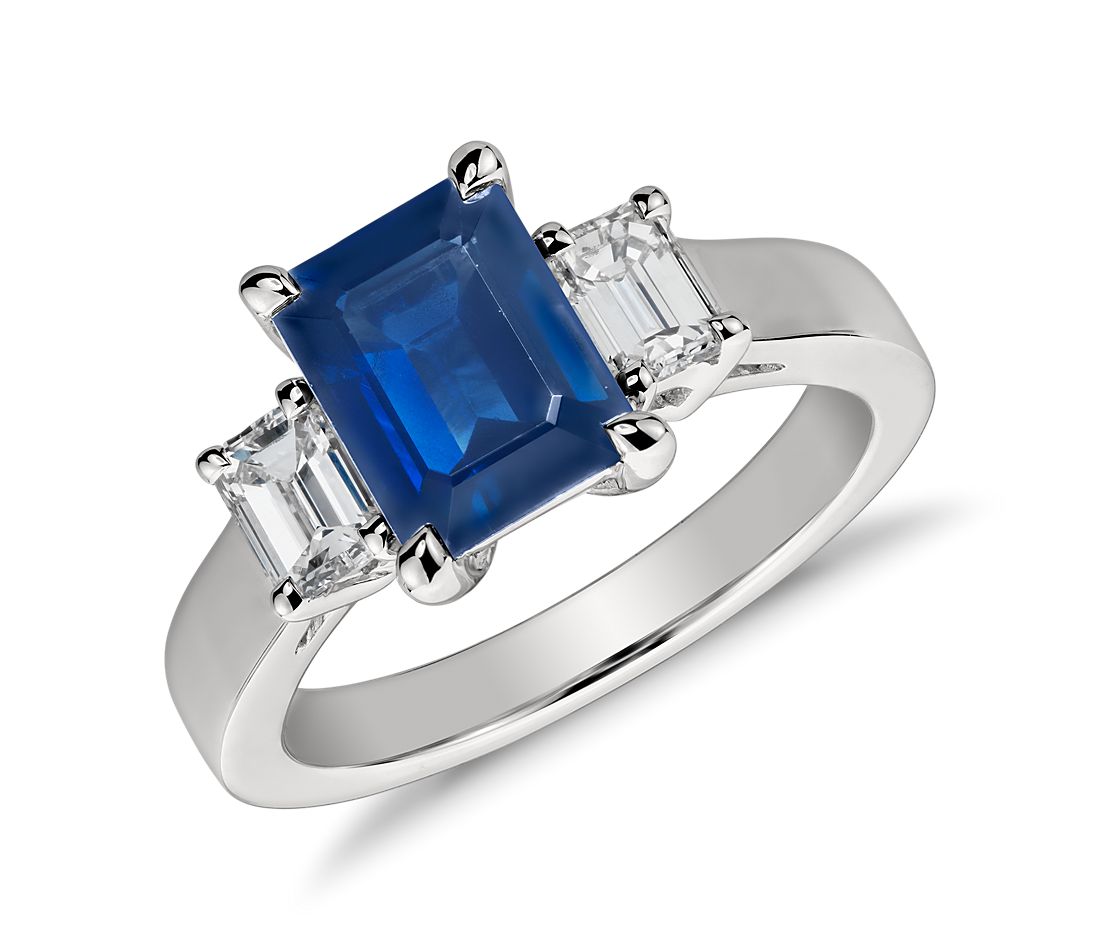
Blue sapphires are iconic gemstones celebrated for their captivating hue, often gracing the jewelry collections of celebrities and royals. Their enchanting blue is a result of titanium and iron infusions into the corundum. Widely recognized and adored for their radiant color, blue sapphires beautifully complement white gold and diamonds. To intensify their hue, these gems often undergo heat treatment, amplifying their innate vibrancy.
Additionally, a diffusion treatment is sometimes applied, adding a thin color layer to further enhance their depth. When admiring a blue sapphire, it’s essential to observe its color from various angles. Some stones, especially more affordable ones, might display pleochroism, revealing different shades like grey or green from alternate viewpoints.
6. White sapphires
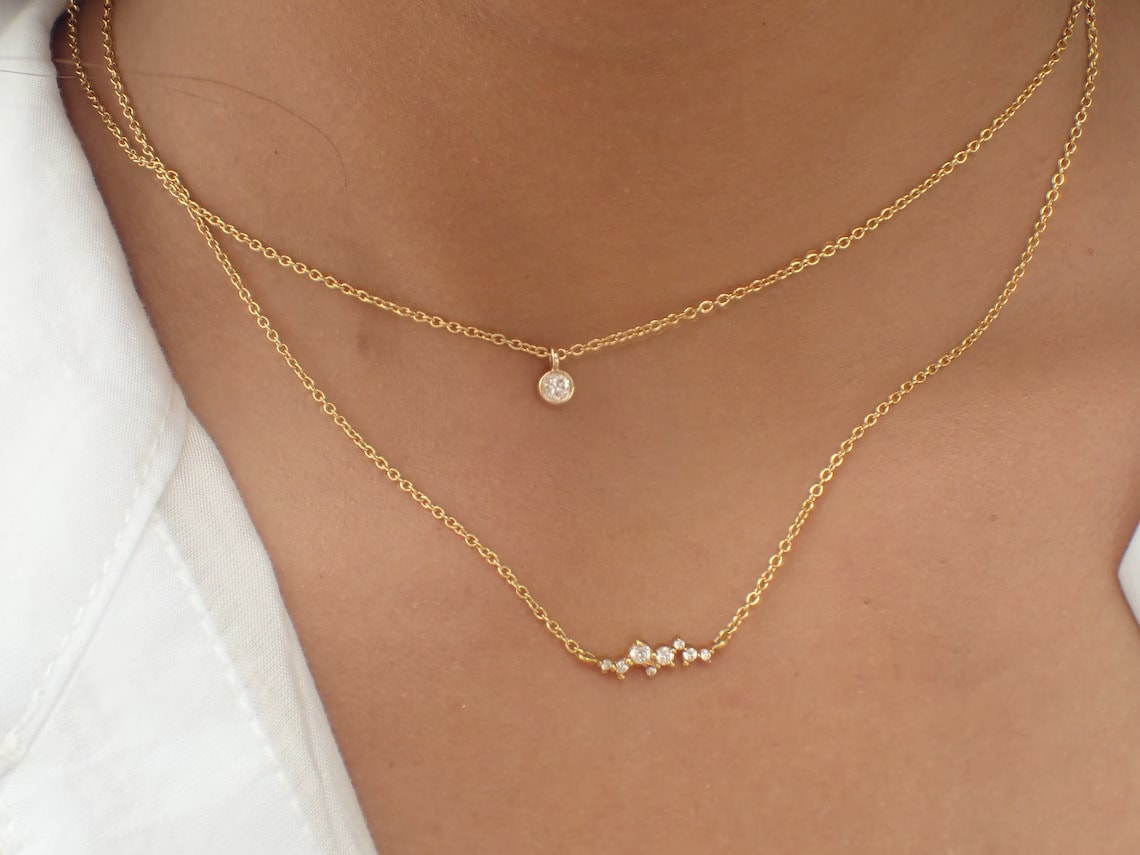
During their formation, they did not come into any contact with foreign elements, resulting in a lack of color. Interestingly, although they are very rare, they cost less than their colored counterparts. White sapphires look quite similar to diamonds. For a comparison, check out White Sapphire Vs Diamond – Which should I choose?
Fancy Sapphires – What Are They?
Apart from these colors, there are also some fancy sapphires that are very popular on the market. One such fancy stone is the Parti sapphire, parti meaning dual or multi. It gives off two colors, which is caused by zoning. Zoning occurs when elements that change the color of the stone during its formation are unevenly distributed, resulting in a two-toned stone.
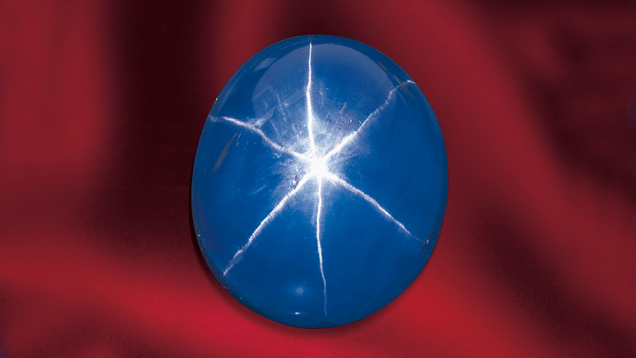
Star sapphire exhibits a star-like effect known as asterism. Asterism is caused by intersecting needle-like inclusions within the stone. The star can appear as a three or six-pointed star on the surface of the stone. Sapphires of this kind are cut en cabochon with the center of the star at the top to maximize its appearance. These ‘stars’ are often very symmetrical and in shades lighter than the stone itself which makes them prominent and visible. Sapphires bearing this beautiful ‘star’ mark can be very expensive and desirable. The image above shows a gorgeous star sapphire.
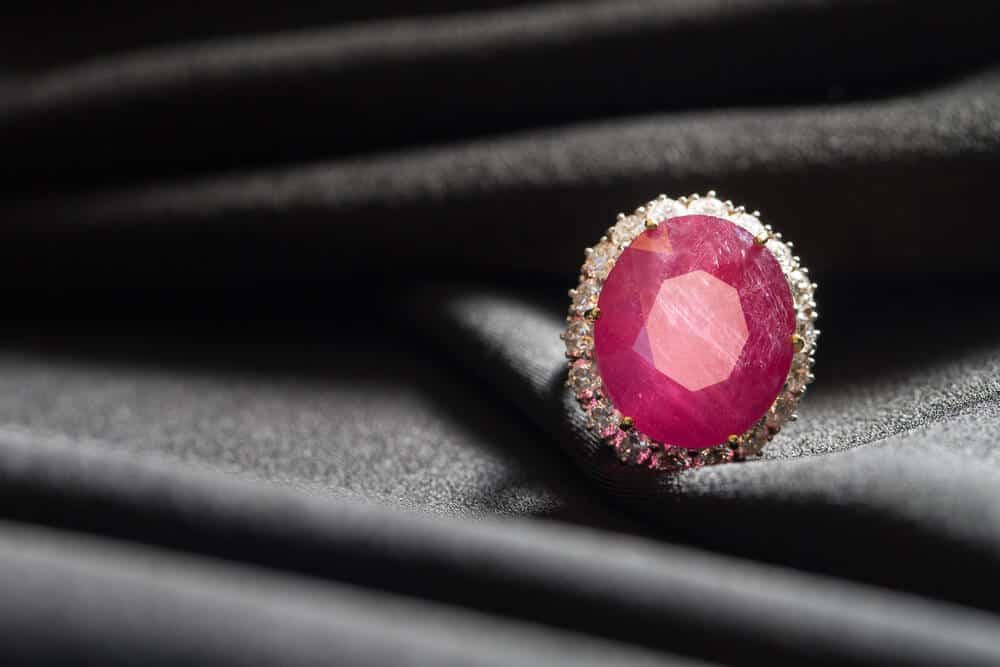
One more Sapphire to mention in the realm of color is the Padparadscha sapphire. This sapphire is an orangish pink color and is very rare and sought after. Due to its rarity, this color sapphire can cost buyers up to $20,000 a carat.
Evaluating the Clarity of Your Sapphire
Sapphires typically come with some slight visible inclusions. This is normal. Finding a sapphire without any visible inclusions is incredibly rare and would be very expensive. Most sapphires may have a type of inclusion called needles. These look like small, very fine lines running through the inside of your stone. Many gemologists will assume when determining whether the gem is authentic sapphire or not, that the stone is an imitation if it doesn’t have any of these commonly visible inclusions.
With many gemstones and diamonds included, inclusions are thought to be negative. Some gems are even observed through an intense magnifying lens to determine if there are any inclusions. With sapphire, the gem is checked to be eye clean. This means no inclusions are visible to the naked eye.
Choosing the Cut of Your Sapphire
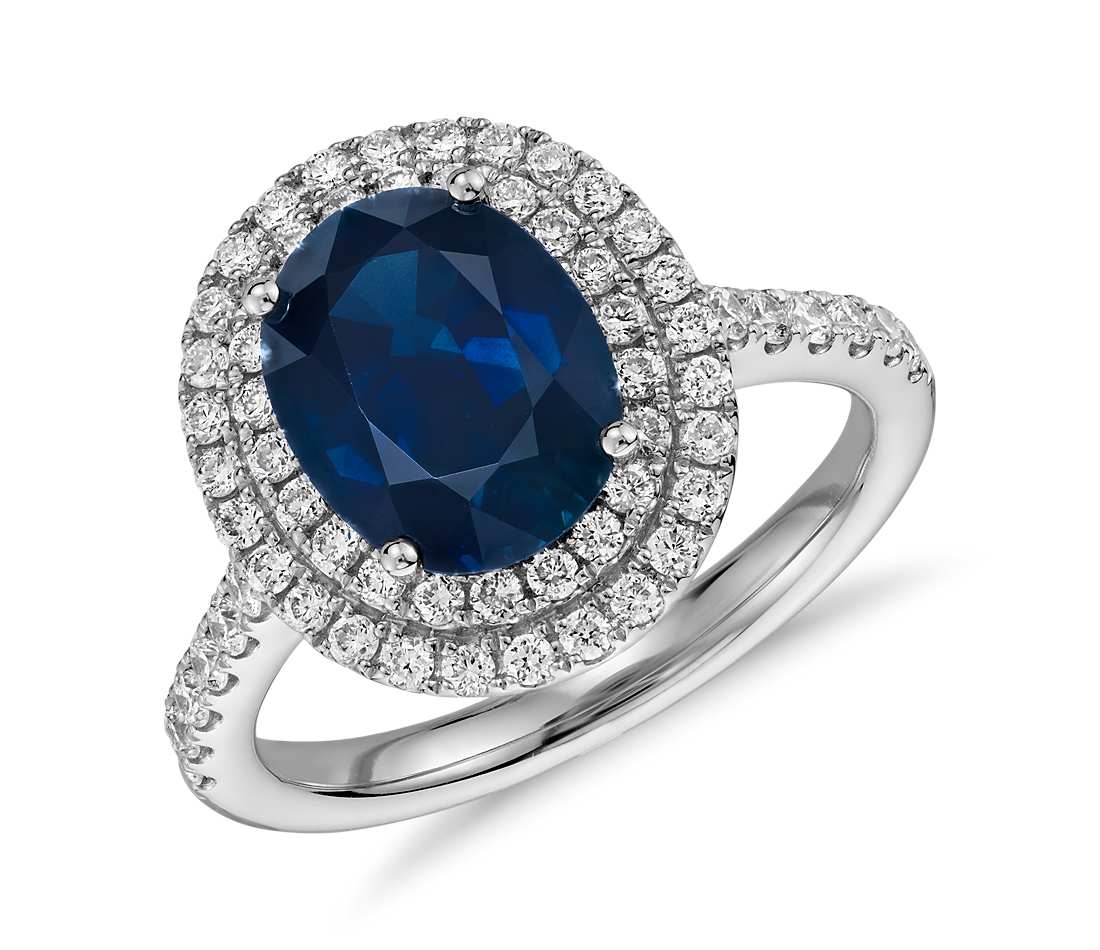
When choosing the cut, there are several things to consider. The cut of your stone is what allows the brilliance and beauty to pour through.
It is important to view your stone in the light to see the varying facets and the symmetry with which it has been cut. A stone that has not been cut symmetrically will not reflect the light as well as a stone that has been cut by an expert with great precision. Check out the image to the right which depicts a list of various cuts.
There are endless ways a sapphire can be cut to display its natural beauty. Be sure you chose a cut that resonates with you.
Choosing the Carat Weight of Your Sapphire
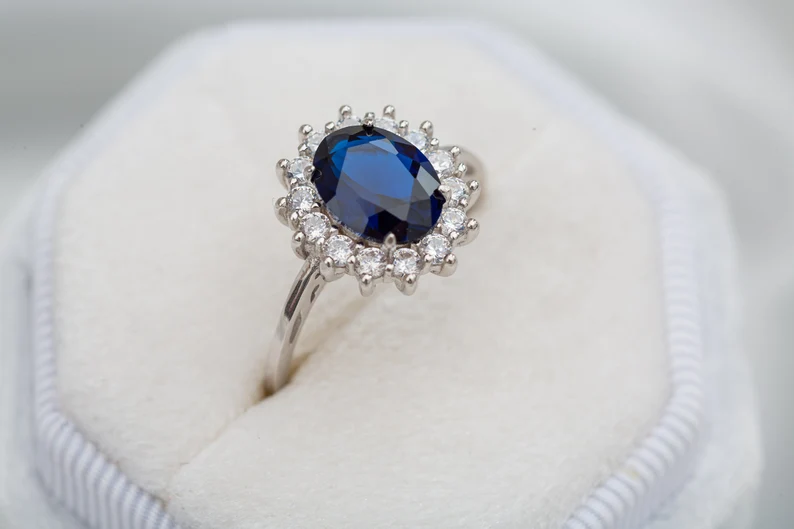
Sapphires are among the heavier stones. This means that sapphire of the same carat as a diamond will be smaller in size than the diamond. A one-carat sapphire will usually be a little larger than 6mm in size.
The larger the sapphire, the greater the number of carats and also the greater the cost.
Is a Synthetic Sapphire Fake?
Synthetic or lab-created sapphires are not FAKE sapphires – quite the opposite. They are the real deal. The only difference is that a synthetic sapphire is created in a tightly-controlled lab following a ‘recipe’ while a natural sapphire is formed over millions of years in natural environments. Both are identical chemically, optically, and physically, with only minute differences. One main difference between the two is that natural stones may contain natural flaws and stains, while synthetic sapphires are often flawless.
Some vendors may try to convince you that a synthetic sapphire is an impostor masquerading as a real sapphire. This is not true because, as mentioned above, synthetic sapphire is real. They only differ in their origins.
If you are on a budget, synthetic sapphires are a great way to have your cake and eat it too, as they are much more affordable than natural stones. You can also find them in a variety of sizes.
What about Imitation Sapphires?
What you have to watch out for are imitation sapphires. Sapphire can be imitated by colored glass, garnets, tourmalines, and other created and dyed materials. These imitations will not reflect light in the same manner as an authentic gemstone. Also, imitation sapphires will not be as durable. If you are curious about the authenticity of your stone it is best to take it to a jeweler or gemologist who can give you a valid answer.
A good at-home test is to really observe the surface of your stone for any scratches. As sapphire is a very hard stone it will not commonly have scratches on the surface. You can also hold your stone up to the light to see how the light shines through the stone. Do you see any small imperfections? Most natural sapphires will have some very slight inclusions visible to the naked eye. If your stone has none and looks completely clean it may be a synthetic or an imitation.
Whether you choose a natural, synthetic, or imitation sapphire is totally up to you. There isn’t a right or wrong choice here. What is important is that you know the origins of your stone and aren’t being unwittingly ripped off.
Just ensure that you ask for a certificate of appraisal from the vendor which will be proof of its authenticity and will also mention any treatments that the stone has undergone.
Color-Enhancing Treatments on Sapphires
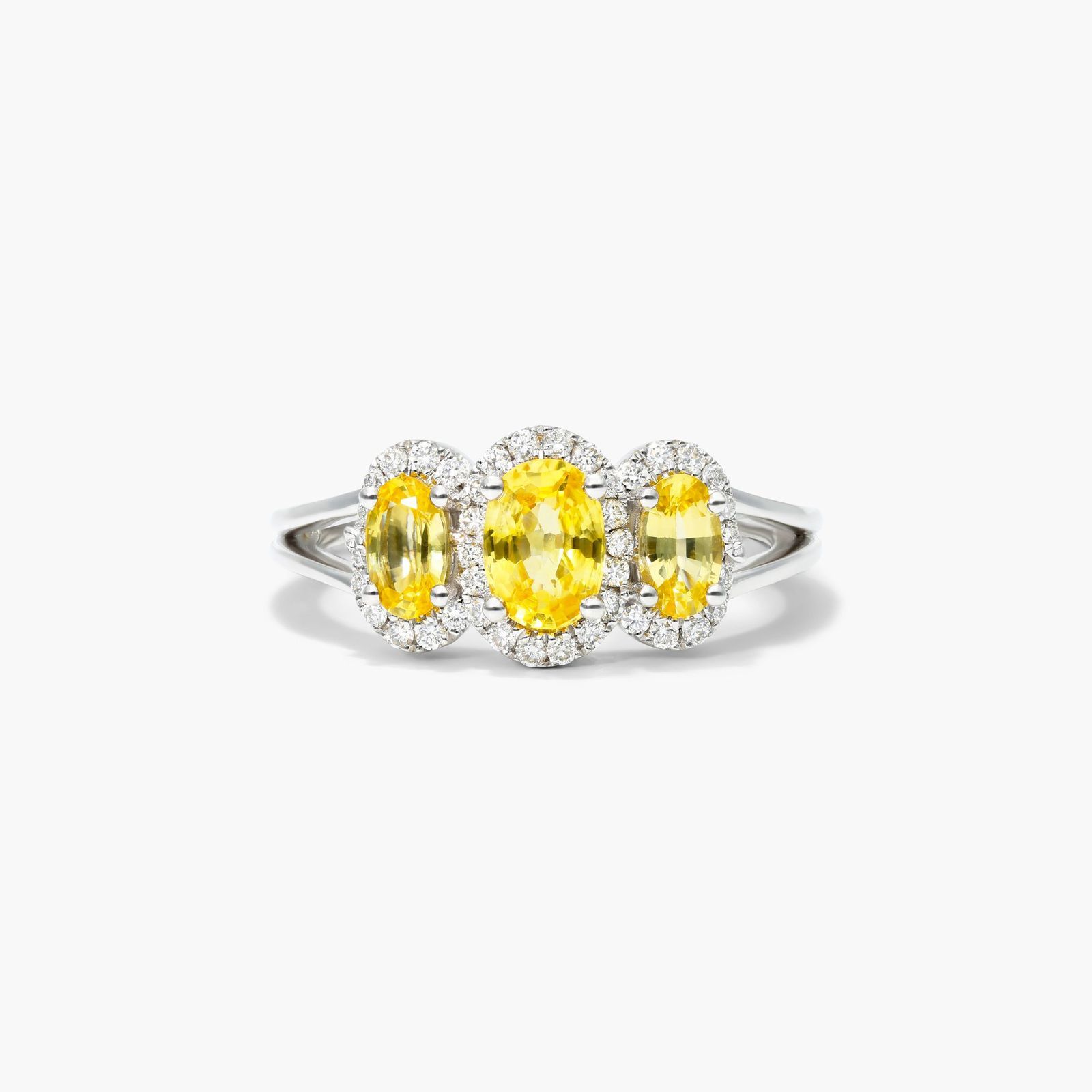
Because sapphires with more saturated color are given a higher value, pale sapphires are often subjected to color-enhancing treatments to brighten their natural color or sometimes even to change the color of their surface.
The most common would be Heat Treatment where pale-colored sapphires are subjected to a temperature of more than 17000 C. The heat livens the color of the sapphire at the end of the treatment, giving you a brighter more saturated stone. Although gem collectors would still prefer untreated stones, this method is already widely accepted in the market.
Another color-enhancing technique is the Diffusion Process. In this method, the gem is heated to a melting point together with a color-changing element that penetrates the surface of the stone giving it a different color. There are two types of diffusion techniques used – surface diffusion and lattice infusion. Titanium is commonly used for surface diffusion where a shallow penetration occurs. Titanium gives the treated sapphire blue color. The element beryllium is more common with lattice infusion where it penetrates deeper into the stone and creates an orange color. Surface diffusion yields a weaker outcome than lattice infusion in that the original color is often exposed when the stone is chipped or re-polished.
The weakest among these treatments is Irradiation where the stone is exposed to controlled radiation to bring out a more vibrant color. This is more commonly used on pale yellow and light brown sapphires with the end product becoming a stunning bright yellow color. The downside to this method is that the color fades when the stone is exposed to bright light or to heat. Since no penetrative element is used, the product of Irradiation is often hard to detect in lab tests. As an alternative, gem experts use the “fade test” by exposing the stone to intense light and re-examining its color afterward.
Sapphires in Jewelry
The world of sapphire jewelry is unlimited. Sapphires have been used in necklaces, earrings, tiaras, pendants, bracelets, and more. Sapphires are also a welcome alternative to the traditional diamond engagement ring.
1. Engagement Rings
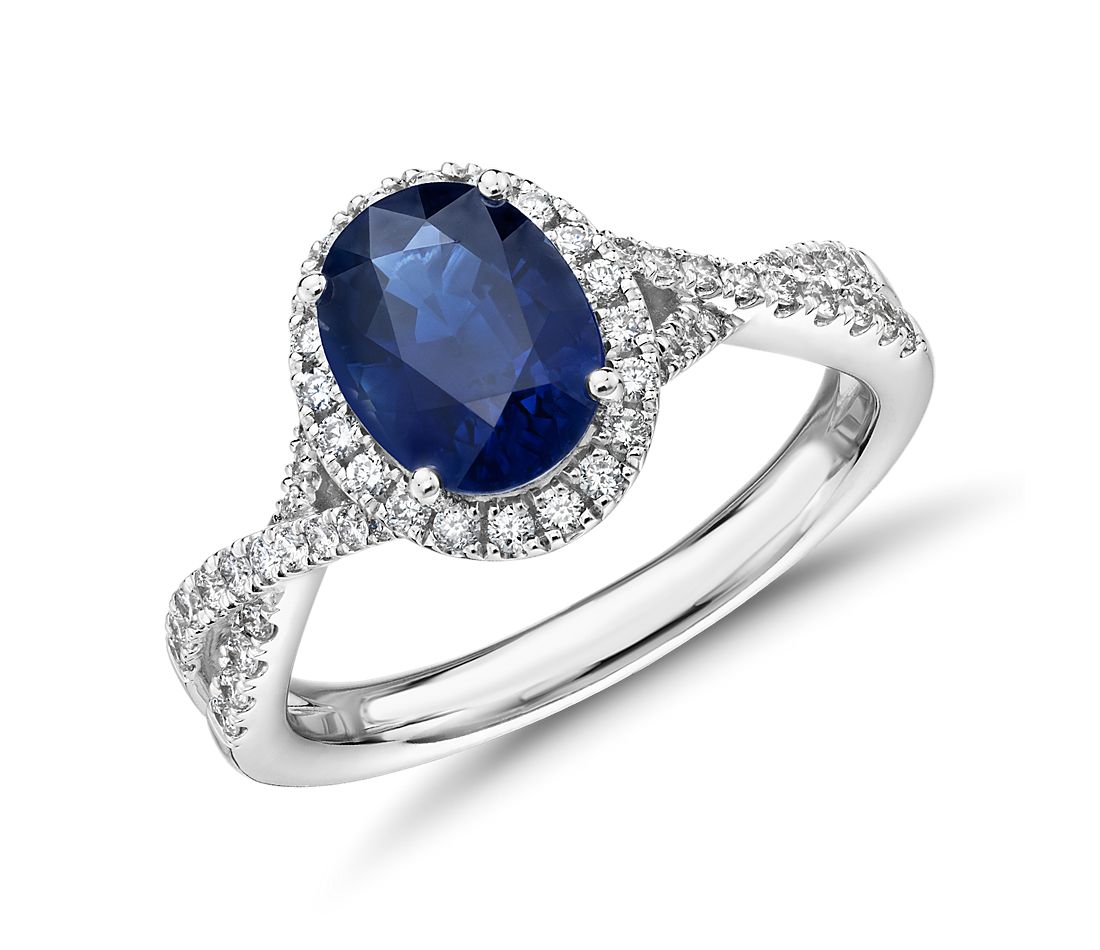
When on the hunt for that romantic statement piece, look no further than the sapphire. With their rich blue color and their incredible beauty, they are ideal for making an impact and drawing attention to the wearer. From royals to celebrities the sapphire has appeared for years on that important finger. You don’t have to be a celebrity to have an elegant sapphire engagement ring, however.
Sapphires are beautiful no matter the size and also pair well with diamonds and various other gemstones to provide a unique and exciting variation on the traditional diamond engagement ring. Sapphires are bold and challenge conventional ideas. With so many different cuts and colors, the sapphire is a unique choice and will show the time and attention the buyer put into the search for the perfect ring. For a more detailed guide, read our article on how to choose your engagement ring.
Choose Your Style
There are endless options when shopping for the style of engagement ring you like most. A popular choice for many buyers is a ring that utilizes both diamonds and sapphires in a unique way. This can be seen as a large square-cut blue sapphire flanked by two baguette-cut diamonds.
You may also see a halo or half-halo setting which looks like one large oval sapphire encircled by smaller diamonds. A great example of this style is Princess Kate Middleton’s engagement ring.
In many engagement rings, you will find more than one sapphire, perhaps one larger sapphire flanked by two smaller sapphires, and all encircled by diamonds. Often times you will find diamonds in the band of the ring which can be another great way to include diamonds in a sapphire ring.
Blue Diamonds vs. Blue Sapphire
Blue diamonds can be very similar to blue sapphires in many ways. They can both contain a vibrant blue color and hold the light that is so beloved in many gemstones. The main difference between blue sapphires and blue diamonds however is the cost and rarity. Blue diamonds are far rarer than blue sapphires and are therefore more expensive. Read the difference between blue diamond and blue sapphire in more detail here.
2. Necklaces, Bracelets, and Pendants
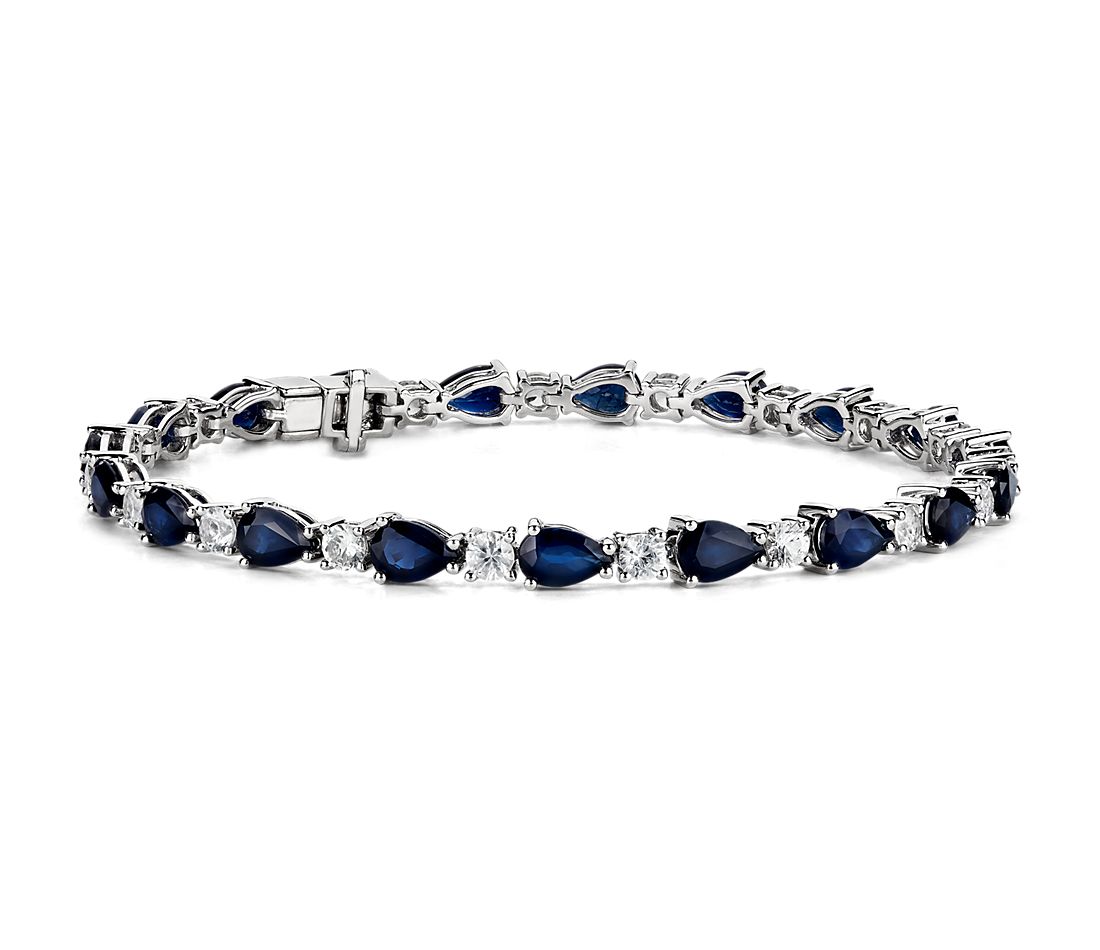
Sapphires can be used in a variety of other ways such as on a simple tennis bracelet to a large pendant. Often blue sapphire is paired with a white gold or platinum metal, most likely because its vibrant blue color shines best when paired with the cool silver color of these materials. Having said that, when paired with rose and yellow gold, sapphires can give off a vintage charm and a classic look.
Caring for Your Sapphire
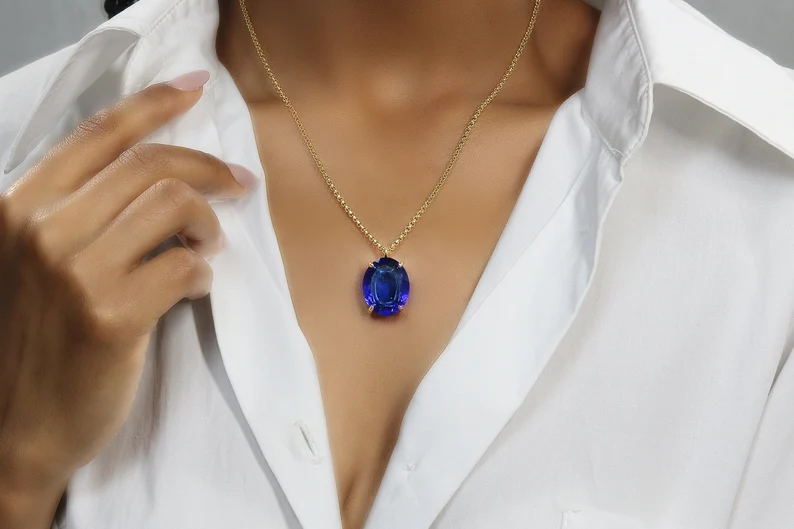
Caring for your sapphire is quite simple and can easily be done at home because this is a highly durable stone (9 on the Mohs scale). Here’s what you need to do:
Regular Cleaning:
Use a mixture of lukewarm water and mild dish soap to gently clean your sapphire. Gently brush the stone with a soft-bristle toothbrush to dislodge any dirt or debris. Always rinse thoroughly after cleaning and pat dry with a soft lint-free cloth.
Avoid Harsh Chemicals:
While sapphires are quite durable, exposure to harsh chemicals can harm their finish. Always remove sapphire jewelry before using household cleaning products or when working with strong chemicals.
Storage:
Store sapphires separately or in jewelry pouches to prevent them from scratching or being scratched by other pieces. High heat can damage your sapphire, so it’s best to store it in a cool, dry place.
Routine Inspection:
Make it a habit to inspect your sapphire jewelry periodically. Look for any loose settings, worn prongs, or signs of damage.
Protect from Abrasions:
Even though sapphires are second only to diamonds in hardness, they can still get scratched. Always remove sapphire rings when doing tasks that might cause abrasion, such as gardening or heavy lifting.
Professional Cleaning:
It’s a good idea to get your sapphire jewelry professionally cleaned once a year. Not only does this ensure a deep clean but jewelers can also check for any repairs that might be needed.
Heat Exposure:
Sapphires can lose color with excessive heat exposure. Avoid leaving them under direct sunlight for prolonged periods or near heaters.
Ultrasonic Cleaners:
Generally, sapphires can be cleaned in ultrasonic cleaners, but if they have inclusions or fractures, it’s best to avoid this method.
Remember, while sapphires are known for their durability, they still require gentle care to maintain their natural beauty. Regular cleaning, careful storage, and periodic professional check-ups will keep your sapphire sparkling for generations to come.
Sapphire Symbology
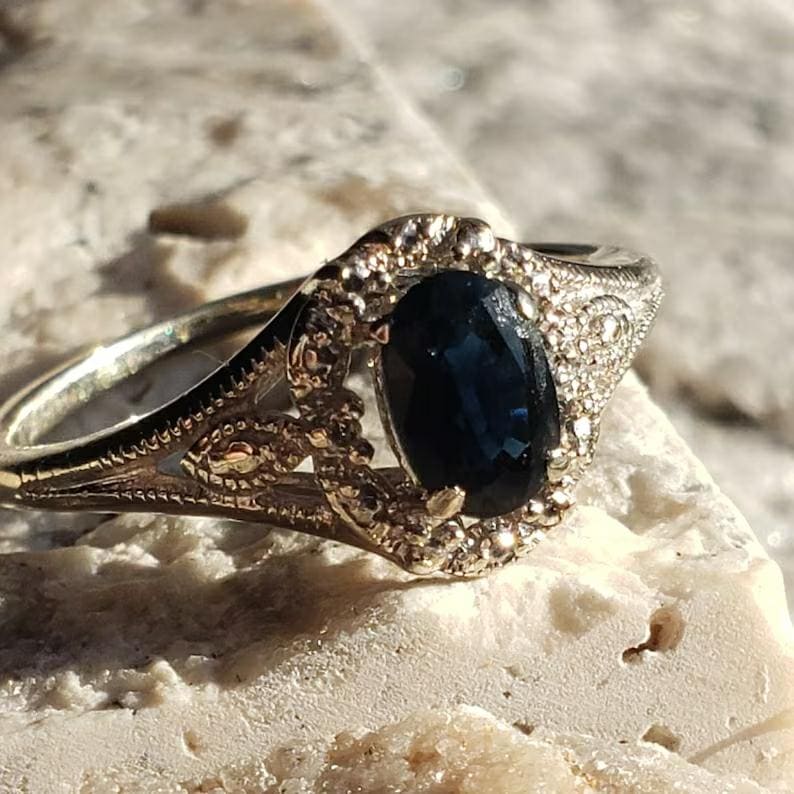
The sapphire isn’t just celebrated for its beauty but also for the deep symbolism it carries, making it a favored choice for engagement rings. For centuries, it has been revered as a symbol of loyalty, faithfulness, and a promise of enduring love. Beyond these sentiments, many consider the sapphire a beacon of wisdom and a representation of truth.
Its historical significance runs deep, entwined with tales of the divine. Many ancient narratives and traditions credit the sapphire with a celestial connection, seeing it as a bridge to the heavens. This might be why it’s been a gemstone of choice for royalty throughout history. Kings and queens donned sapphires not just as a testament to their status, but also in the belief that the stone shielded them from harm, negated ill intentions, and safeguarded against ailments.
It was thought that wearing a sapphire granted one profound wisdom and insight, making crucial decisions clearer and easier for those in power. All these facets combined make the sapphire not just a gemstone of aesthetic value, but also one deeply entrenched in myth, legend, and heartfelt sentiment.
Where to Buy Sapphires
Choosing the ideal sapphire goes beyond just the gem; it’s also about picking the right retailer. Here’s a list of our top recommendations for your sapphire shopping journey:
- James Allen: A reputable online name, James Allen boasts a unique 360-degree gem visualization feature. Their sapphire collection is notably diverse, making it easy to appreciate with such intricate detailing. Browse their sapphire collection here.
- Angara Jewelers: With a reputation as a gemstone connoisseur, Angara presents a handpicked assortment of sapphires. Renowned for their quality and craftsmanship, they also allow for customizations to add that individual touch. Check out Angara Jewelers here.
- Blue Nile: Pioneers in the digital jewelry marketplace, Blue Nile’s collection of sapphires is both expansive and impressive. Their offerings cater to a wide range of preferences and budget constraints. Browse their collection of sapphires here.
- White Flash: While primarily celebrated for their diamonds, White Flash also offers a refined collection of sapphires. Their online platform provides crisp imagery and comprehensive details to assist in your selection. Check their website here.
For those in pursuit of distinct sapphire pieces, whether artisan-made or vintage and spanning various price points, consider exploring:
- Etsy: A haven for bespoke treasures, Etsy boasts a plethora of handcrafted sapphire jewelry, with each piece narrating a unique tale. Search sapphire gemstones here.
- Amazon: With its extensive marketplace, Amazon presents sapphire choices suitable for all budgets. It’s always prudent to read through seller reviews and ratings before making a purchase. Explore their website here.
Whatever your inclination, classic or unique, these platforms promise a range of sapphire experiences to guide you to your dream gem.
Wrapping Up
Sapphire, with its great beauty and elegance, is a welcome addition to any jewelry collection. If you are pursuing sapphire for a simple statement piece or as an engagement ring the wearer will forever reap the benefits of such a unique and bold piece. Always promoting wisdom and elegance in the wearer, a sapphire will continue to shine as a valuable member of your jewelry collection.
Regardless of whether these meanings and powers are true or not, they do imbue sapphires with meaning and make them an intriguing stone!


